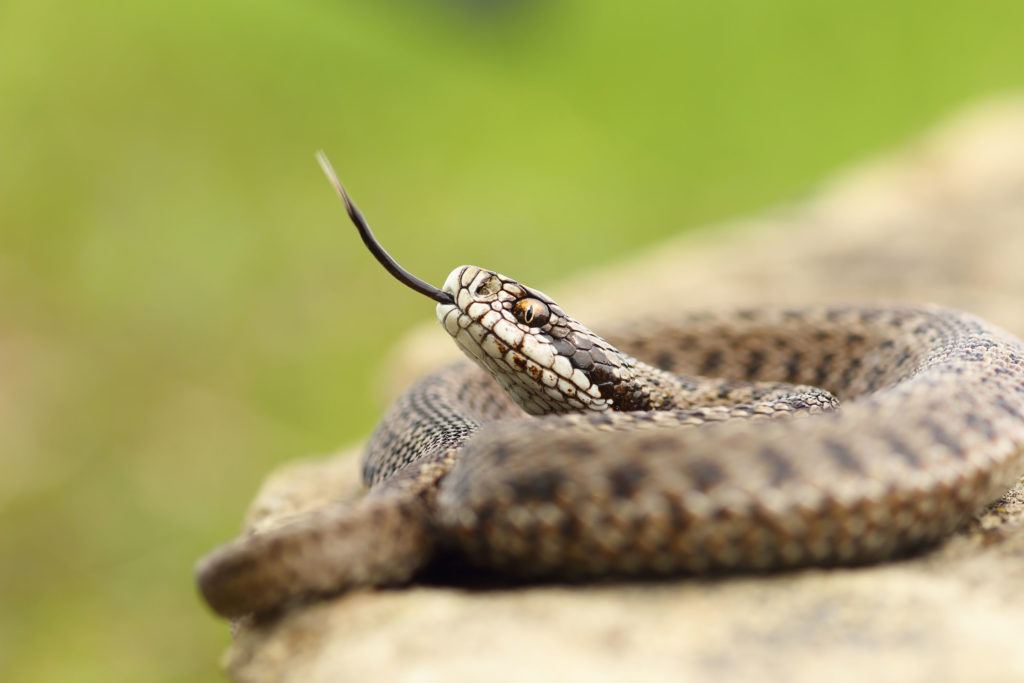
Snakebite is a serious public health issue in many tropical countries. Every year, roughly 2 million cases of poisoning from snakebites occur, and more than 100,000 people die. Snake venom is extremely complex, containing a cocktail of chemicals, many of which are undefined. This complicates the development of new therapeutics for treating snakebite.
Antivenom is the most effective treatment for snakebites, but its production is complex and dangerous. It involves manually milking the venom from different species of live snakes, then injecting small doses of the venom into animals (mostly horses) to stimulate an immune response. After a period of time, antibodies form in the animal’s blood, which is purified for use as antivenom.
But what if we could produce snake venom in the lab, instead of using live snakes? Recently, a group from the Netherlands did just that by growing organoids derived from snake venom glands.
In this study published in Cell, the researchers first collected venom glands from nine different snake species. Each venom gland was cultured in a dish with a combination of growth factors. They found that the same growth factors used to sustain mammalian organoid growth also worked for the snake organoids. The only difference was that the snake organoids required incubation at a lower temperature, which made sense due to their lower body temperature.
As the snake organoids further differentiated, specific cell types were observed. These included secretory vesicles, the main producers of venom in the gland, and ciliated cells containing tiny hair-like structures that beat! The organoids not only looked like real venom gland cells, they also behaved similarly—producing almost identical toxin. The toxin was functionally active, capable of abolishing the stimulation of muscle receptors and decreasing neuronal activity.
Another important finding from this study was that secretory cells within different regions of the venom gland produced a unique mix of toxins (a phenomenon known as regional heterogeneity). The researchers separated proximal and distal regions of the venom gland and used those distinct cells to culture region-specific organoids. They found that the organoids displayed distinct gene expression profiles.
This is not the first study that successfully culture venom gland organoids, as short-term cultures have been achieved in the past. However, this is the first time that venom gland organoids have been grown and sustained long-term, allowing the production of biologically active snake venom. The ability to growing snake venom in the lab could mean safer, easier and faster production of antivenom in the future.
Reference
Post, Y. et al. Snake Venom Gland Organoids. (2020) Cell. 180(2), 233–47
Learn more about CellTiter-Glo® 3D, a cell viability assay optimized for 3D cell culture!
Related Posts
Latest posts by Johanna Lee (see all)
- Can AI Replace High-Throughput Screens for Drug Discovery? - April 30, 2024
- How Avian Influenza Crosses Species - February 22, 2024
- Macrophages: The Unsung Heroes of Immune Response and Biologic Drug Development - December 28, 2023
